How to Cover a Popcorn Ceiling with Cypress Wood
This post may contain Amazon or other affiliate links. As an Amazon Associate I earn from qualifying purchases.
Randy is here again today to share another project from The Retreat Remodel: the ceiling makeover, basically our solution to covering up the popcorn ceilings. It has been a doozy of a project, but one that has made all the difference in the world in the overall feel of the space. It’s ongoing. About a third of the ceilings are finished. We plan on knocking out a room at a time when time (and energy levels) permit. I hope you enjoy the following as Randy shares all about our process, from how we chose the wood as well as the installation. Take it away, Randy!
Some of The Retreat Remodel projects were needed updates and repairs, while others were cosmetic. Covering the popcorn ceiling falls in the later category but boy did it make a difference. It’s not like you walk in the house and stare at the ceiling. You just feel it. It adds beautiful warmth and lodgy-ness. Plus it looks great with our new Barn Light light fixtures in the kitchen and a 50-year old copper fixture over our dining area recycled from my parents home.
We chose 6-inch v-groove cypress boards to cover the popcorn ceiling. Cypress is light, flexible, dimensionally stable, it takes finishes well, it’s easy to cut and has a lot of color variation. The most common type of wood we found being used on ceilings was yellow pine. We thought about it but in the end we decided for our project it would be a little too … well, yellow. Plus, we chose pine for our floors and we wanted warmer, browner colors up top to contrast with the floors. We found just what we were looking for at Thomas Lumber in Cumming, GA. Being a family run mill in operation for 87 years, they know their stuff. The nice Thomas folks answered all of our questions and gave us some great tips.
Among other things we learned from Thomas that cypress has a slight tackiness and if not sealed can be a dirt and dust magnet. We decided to seal it with good old-fashioned shellac. Yes, bug secretions dissolved in alcohol. Shellac dries quickly, it doesn’t smell bad and it brought out deeper and warmer colors in our cypress. We finished all the cypress wood prior to installation with the shellac in our garage at home in batches before transferring it to the retreat home to install. Our garage was turned into a workshop with stacks of the beautiful cypress.
Of course, once sealed the real job began: installing the boards above. It was task, but once we figured out what we were doing it went along quite smoothly. It did help that we had 2 younger abled bodies to help. Our two teens are learning a great deal during this remodel. They’ll be prepared to tackle (or know better) many tasks ahead.
Here are the tools we used to for this Cypress Ceiling Project:
finish nailer and air compressor (we got a good deal on this combo pack)
wrecking bar (a.k.a. pry bar, crow bar)
ladder — 2 are recommended (or ladder plus Manute Bol)
optional: pain reliever
The basic process of installing the Cypress Ceiling:
- Seal each board. We used shellac.
- After sealing the wood with shellac, we cut each board into random 4-8 foot lengths. The shorter lengths were easier to work with and they show off the color variation in the wood.
- Find ceiling joists and mark them by snapping chalk lines on each one the entire length of the ceiling.
- Decide where to start. Whether the peak of a vaulted ceiling or a wall, take time to be sure the first course of boards are straight. Start with the groove side of the 1st board at the starting place (the wall or ceiling peak). The tongue side of the board should be pointing away from the starting place. Face nail the first course of boards through sheetrock into ceiling joists. Of course you’ll have to cut the final board to fit just right against the wall. Leave approximately 1/4″ expansion gaps at the walls.
- Install the next row by tapping each board into place with a rubber mallet. For strength and aesthetics be sure to plan so that joints are at least 12″ apart from previous row. Blind nail the second row and subsequent rows by firing nails diagonally through the tongue at each ceiling joist. Work across the ceiling a row at a time.
- At the end of the room most likely you’ll have to “rip” (cut the length of a board) a row of boards with a table saw or circular saw to fit. If you want to be sure the final row of boards is not especially narrow you can carefully measure the entire ceiling before you start and do a ripped cut row of equal width at each end of the room. We didn’t go that route but it still turned out OK.
A few notes on installation of the Cypress Ceiling:
- Our popcorn sheetrock ceiling was not completely flat so sometimes it took a little persuasion to get boards seated properly in the previous row. The flexibility of the cypress wood really came in handy. Getting the boards lined up correctly with the tongue of the previous board is critical. You shouldn’t need to hit the boards very hard with the mallet. A gentle tap will do once each board is started in the right place.
- Pace yourself. Make reasonable goals and don’t try to do too much in one day. You’ll have less aches and pains and you’ll make fewer mistakes.
- This a big project, but it’s worth the effort. Promise.
Well, there you have it! Our solution to covering up popcorn ceilings. Please let us know if you have any questions about this project. We’re happy to help!
DIY on!
(This is NOT a sponsored post. Affiliate links are included, which means if you click on an affiliate link and purchase something I may (or may not) make percentage of the sale.)

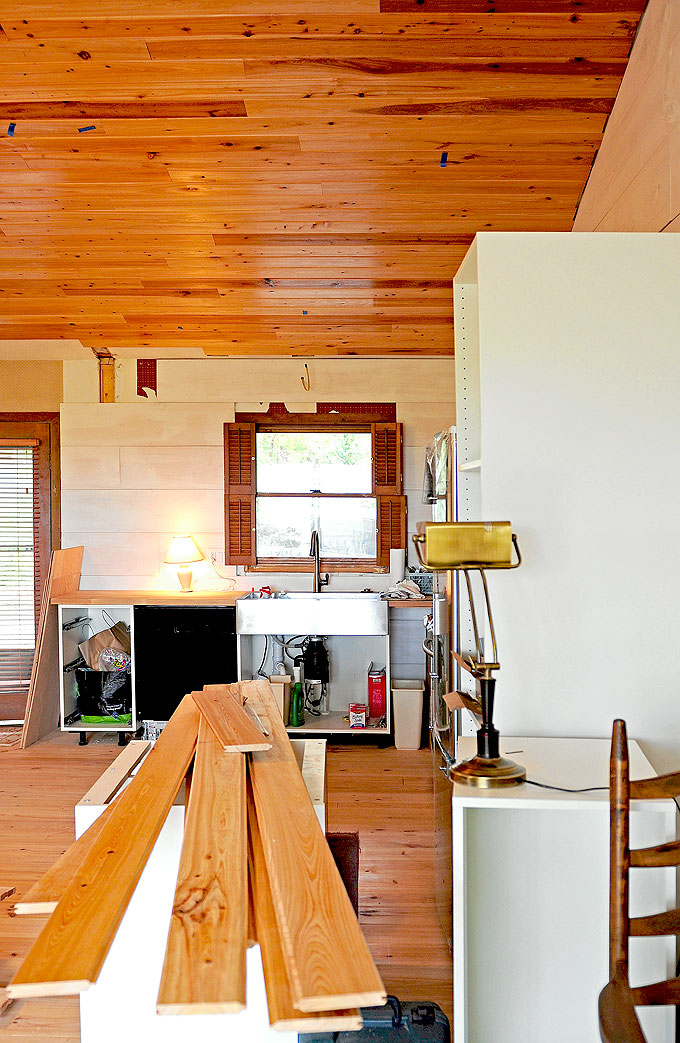
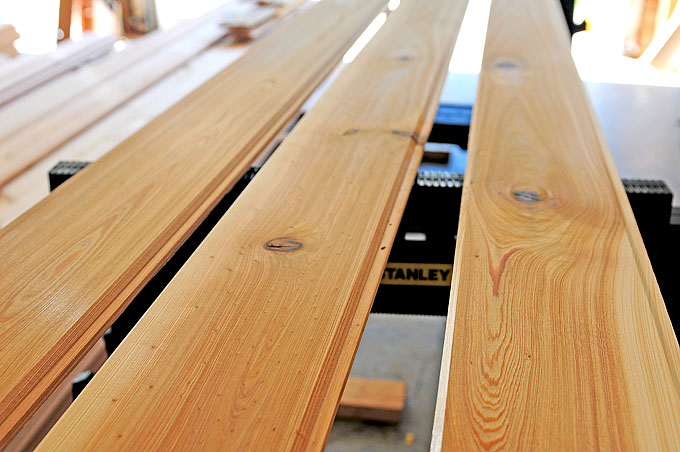

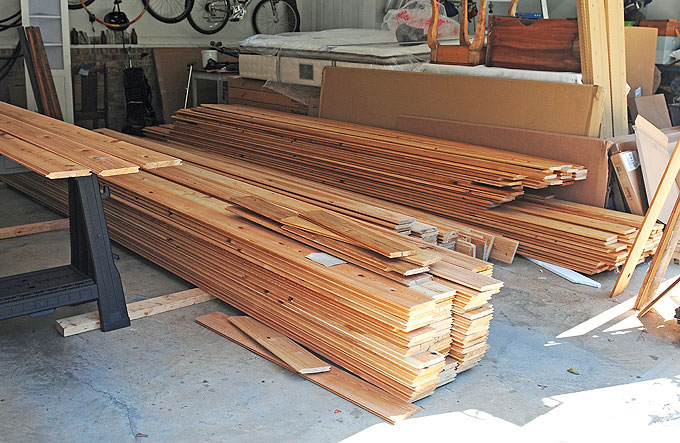





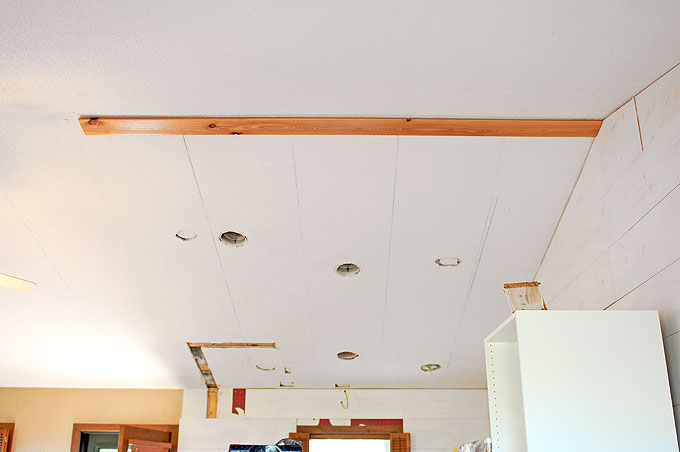
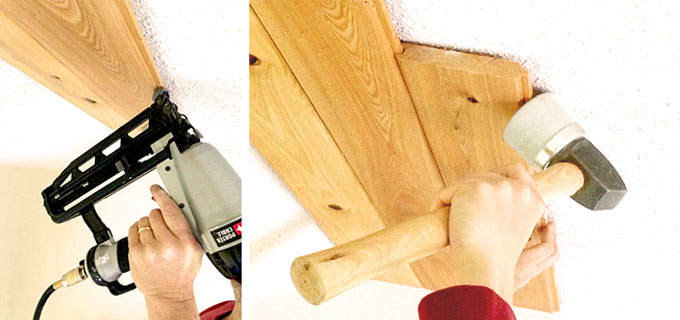
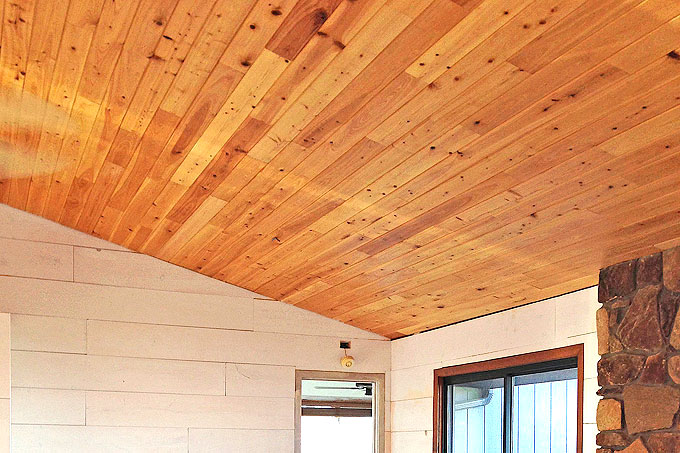
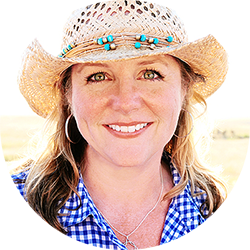

It looks great! What a lovely change. We’ve done wood flooring, which is exhausting enough, so I can’t imagine doing the ceiling!
When it was finished, did you apply molding around the edges to hide the ends and edges of the cypress boards?
Yes, we have hung a simple crown molding.